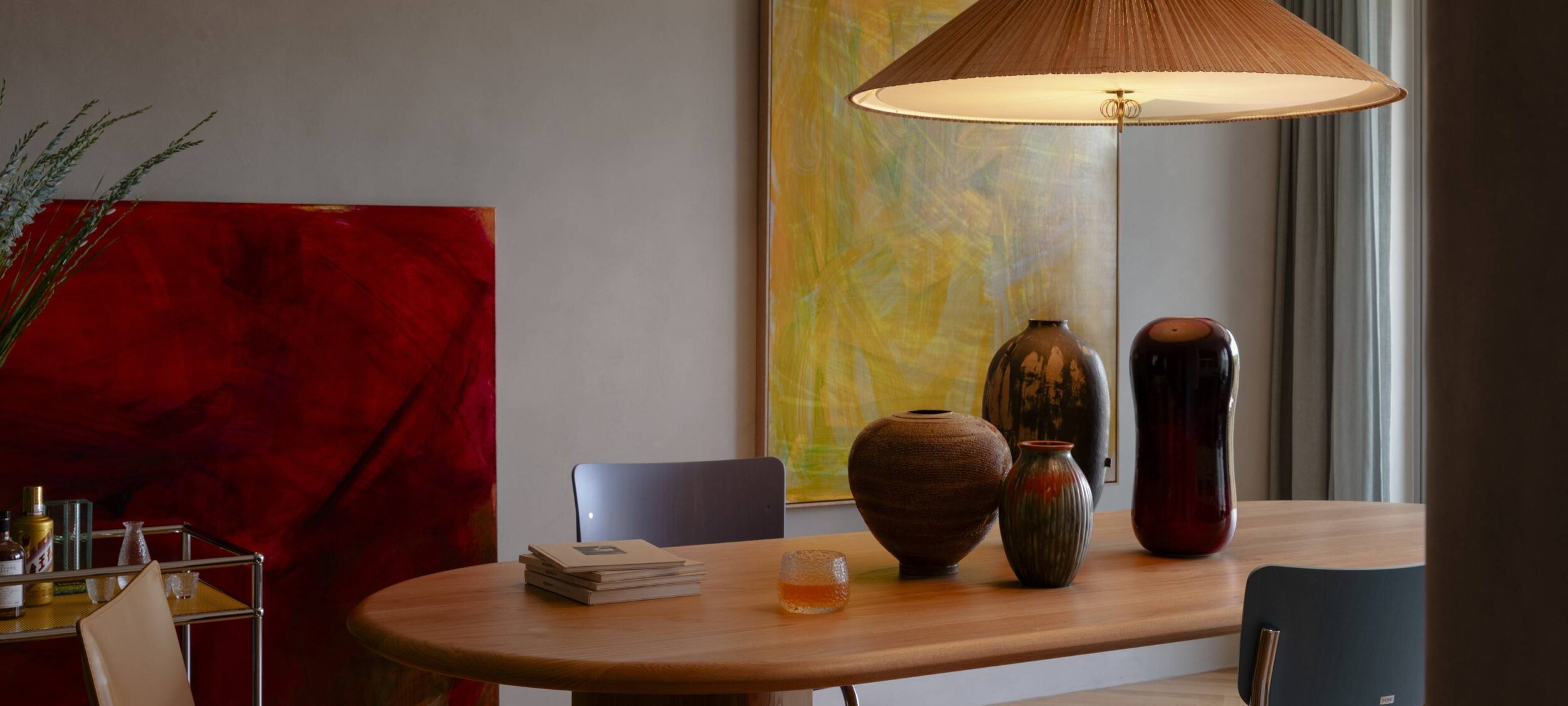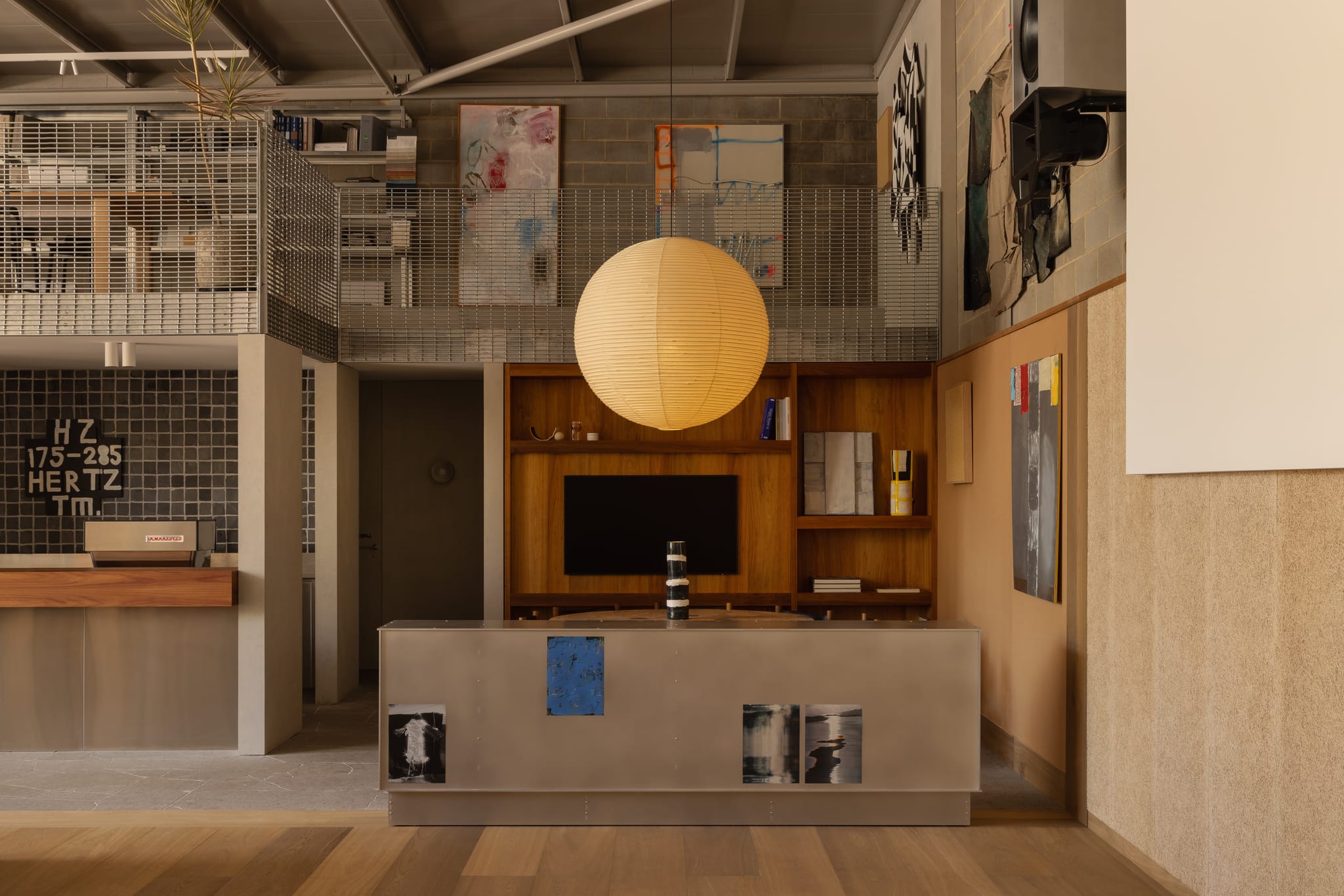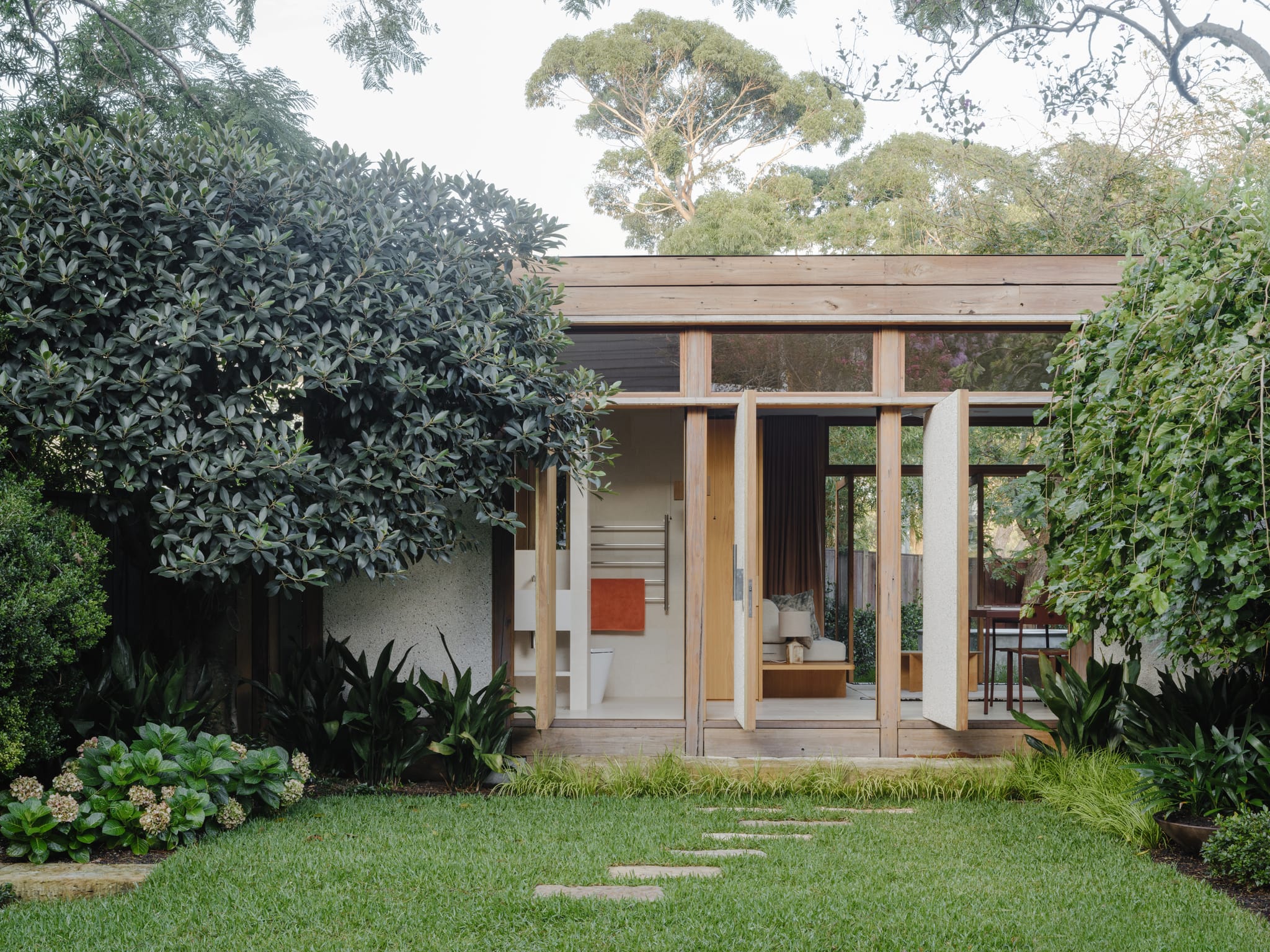Within its statement form, Lever 01 celebrates an uncanny junction - the delight in the joint and the proportion of the cantilever. A long handle juts out from the small cylindric form, connecting to the base, continuing character beyond the expected. This generous expression is juxtaposed in a minimal thickness, anchoring at the joint. Australian Design No 202216356
-
-
Download Specifications Sheet — PDFImperialMetric
- Width
- 15/32"
- 12.0mm
- Height
- 2 2/32"
- 52.0mm
- Length
- 8 10/32"
- 211.5mm
- Diameter
- 2 2/32"
- 52.0mm
- Center to Center
- —
- 41.5mm
- Backplate Diameter
- —
- 52.0mm
- Projection
- 2 5/32"
- 55.0mm
-
Aluminium
Aluminium is comprised of 100% recycled alloy, limiting impacts to the environment by reducing unsustainable energy expenditure during extraction. Aluminium is also a leading choice in the use of more sustainable metals. Light but sturdy and resistant to corrosion, it has the unique ability to be recycled indefinitely.
Care:
These products can be restored to their original appearance with a light application of metal polish, followed by a beeswax protectant. Consider a silver toned polish to enhance lustre.
Caution:
When Aluminium is exposed to the weather, several processes can occur, leading to its degradation and transformation. Here are some of the effects and changes that can happen to Aluminium when it is exposed to various weather conditions:
Oxidation:
Aluminium readily reacts with oxygen in the air, forming a thin layer of Aluminium oxide on its surface. This layer acts as a protective barrier, preventing further corrosion. However, if the Aluminium surface is damaged or the protective oxide layer is compromised, the underlying Aluminium can be exposed to further corrosion.
Corrosion:
Aluminium can undergo corrosion when it comes into contact with certain corrosive elements in the environment, such as moisture, salts, acids, or pollutants. Corrosion can result in the formation of pitting, white corrosion spots, or a dull, rough surface.
Saltwater exposure:
When Aluminium is exposed to saltwater, the chloride ions present can accelerate corrosion. This is particularly problematic in marine environments, where Aluminium structures or components can experience accelerated deterioration due to the corrosive effects of saltwater.
Weathering:
Exposure to ultraviolet (UV) radiation from sunlight can cause a process called weathering. UV radiation can degrade the surface of Aluminium, leading to colour changes, fading, and the formation of a chalky or powdery residue on the surface.
Explore More
Projects
Design Awards
-
Wild Design Awards – Silver Winner 2024
-
IDA Design Awards – Gold Winner 2022
-
BIG SEE Product Design Award – Winner 2023
-
Melbourne Design Awards – Gold Winner 2023
-
New York Design Awards – Gold Winner 2023
-
European Product Design Award (ePDA) – Winner 2023
-
LOOP Design Awards – Winner 2023



















